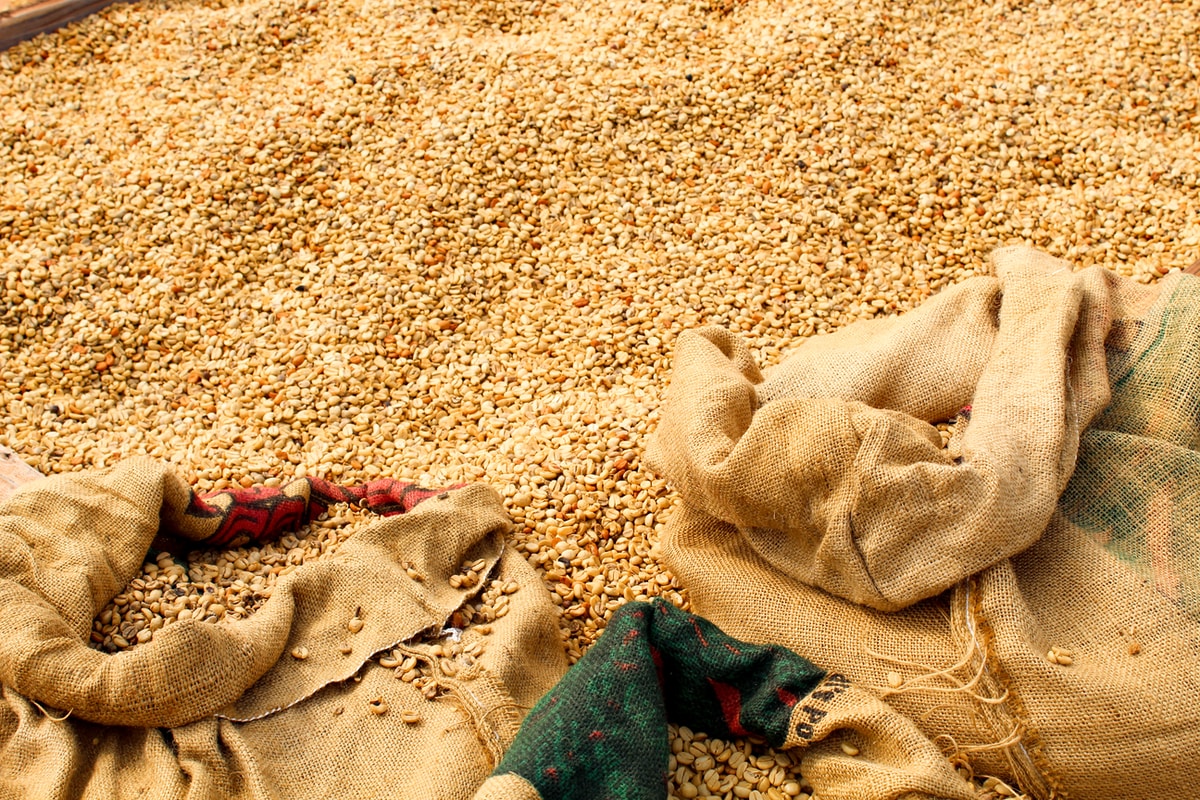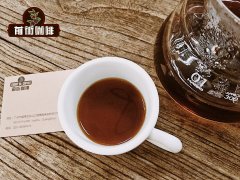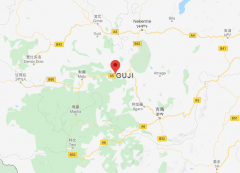The flavor characteristics of Panamanian Shenqu Manor the difficulty of sun treatment
Introduction and Flavor characteristics of Shenqu Manor
The Vulcan Valley next to the Balu volcano, the highest peak in Panama, is located on a hillside southwest of the town of Paso Anqiu, with coffee varieties such as Typica, Catuai, Caturra, Bourbon, San Ramon and Geisha.
Although the Shenqu Manor has a complete set of dry washing equipment, the traditional fermentation washing process is still used to wash beans:
While fermenting in the tiled fermentation tank and washing the pulp, the raw beans with the heaviest specific gravity were separated by buoyancy.
Shape clear lines / medium acidity / milk chocolate and caramel melon flavor, famous for its ultra-high C / P value and suitable for ensemble with other beans.

The difficulty of Sunshine treatment in Shenqu Manor
The difficulty of tanning:
Due to the lack of buoyancy specific gravity sorting process of water washing treatment, sun treatment is very picky about berry harvest and subsequent fruit selection, whether red Kaddura or yellow Cadura, must be full-ripe berries!
At the same time, the time spent drying beans is at least twice as long, which means that there is a greater demand for bean drying farms, and even the exposure space for washing beans will be squeezed out during the harvest season.
On the other hand, dried beans can not be dried continuously at one time: controlling many factors, such as sugar concentration / water loss curve / drying temperature / fermentation degree / backosmosis, is a necessary condition for successful sundried beans.
This requires the input of resources / professional / labor, are far higher than washing beans, the difficulty and the increased cost are quite high.
Panamanian Vulcan Valley Shenqu Manor in the sun
■ country: Panama
■ producer: Mary Marie Jackie
■ producing area: Vulcan Valley (Volcan Valley)
■ altitude: 1500-1650 m
■ GPS: 8 degrees north latitude 48 minutes 20 seconds longitude 82 degrees 38 minutes 0 seconds west
■ variety: red Kaddura mixed with Huang Kadura (Red/Yellow Caturra)
■ treatment: sun treatment
■ wins: best Panama (Best Of Panama)
No. 11 in 2016 Geisha Washed
No. 8 in 2015 Geisha Natural
No. 8 in 2015 Geisha Washed
2014 Geisha Natural No.2
No. 6 in 2014 Geisha Washed
No. 9 in 2013 Geisha Washed
No. 8 in 2013 Geisha Natural
2012 Geisha Washed No.1

Important Notice :
前街咖啡 FrontStreet Coffee has moved to new addredd:
FrontStreet Coffee Address: 315,Donghua East Road,GuangZhou
Tel:020 38364473
- Prev

African elevated scaffolding Solar treatment of Coffee beans in Claudia Manor, Colombia
Antioquia, Colombia, introduced Antioquia, the province of Antioquia, the birthplace of the Colombian Federation of Coffee and Colombian Coffee growers (FNC) and an important coffee producing area, with a planting area of 128000 hectares, the highest in all producing areas. Coffee here is produced by a common cooperative of large estates and small producers. Colombia is the largest water in the world.
- Next

Characteristics of coffee beans in Guji producing area of Ethiopia flavor characteristics of Guji water wind chime coffee
About Ethiopia Guji Ethiopia is the birthplace of coffee and geisha coffee and the largest exporter of coffee in Africa. In addition, it is the oldest coffee drinking country. Guji is located in southern Ethiopia, and the coffee growing area is around the Great Rift Valley of East Africa. The territory is covered with towering mountains and changeable terrain. Geology belongs to volcanic soil with fertile nutrients and good drainage.
Related
- Beginners will see the "Coffee pull flower" guide!
- What is the difference between ice blog purified milk and ordinary milk coffee?
- Why is the Philippines the largest producer of crops in Liberia?
- For coffee extraction, should the fine powder be retained?
- How does extracted espresso fill pressed powder? How much strength does it take to press the powder?
- How to make jasmine cold extract coffee? Is the jasmine + latte good?
- Will this little toy really make the coffee taste better? How does Lily Drip affect coffee extraction?
- Will the action of slapping the filter cup also affect coffee extraction?
- What's the difference between powder-to-water ratio and powder-to-liquid ratio?
- What is the Ethiopian local species? What does it have to do with Heirloom native species?

